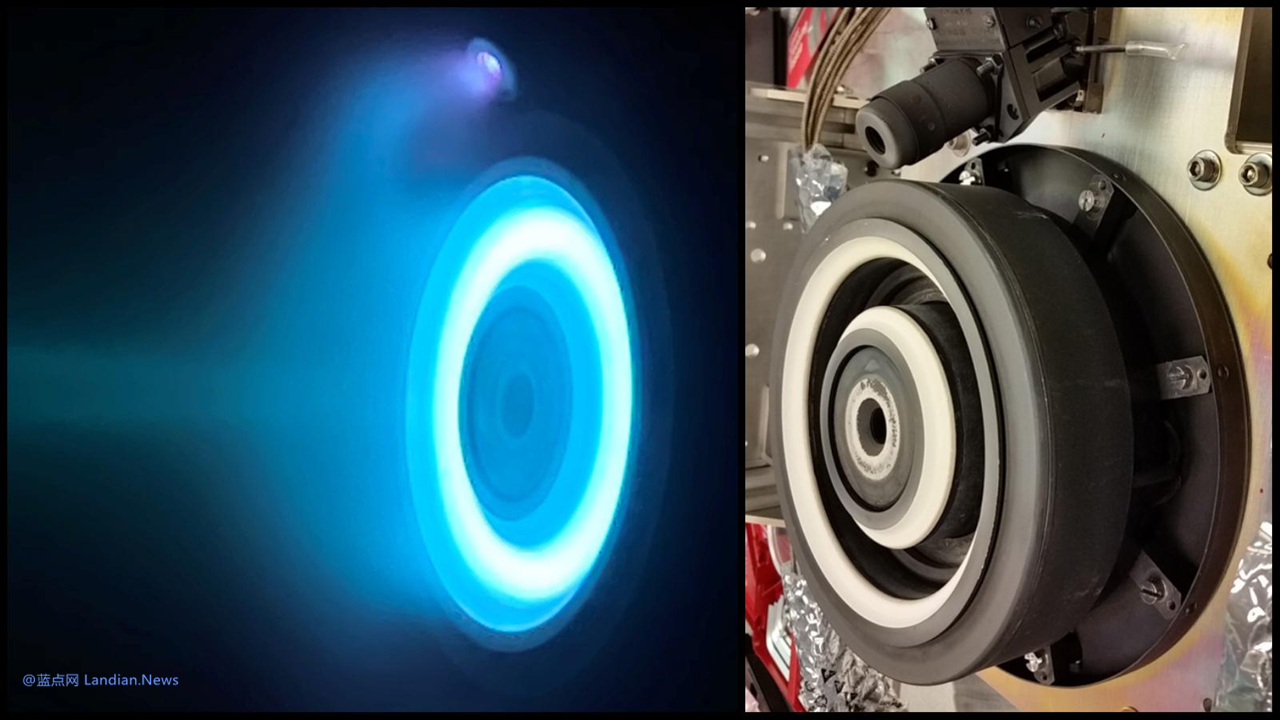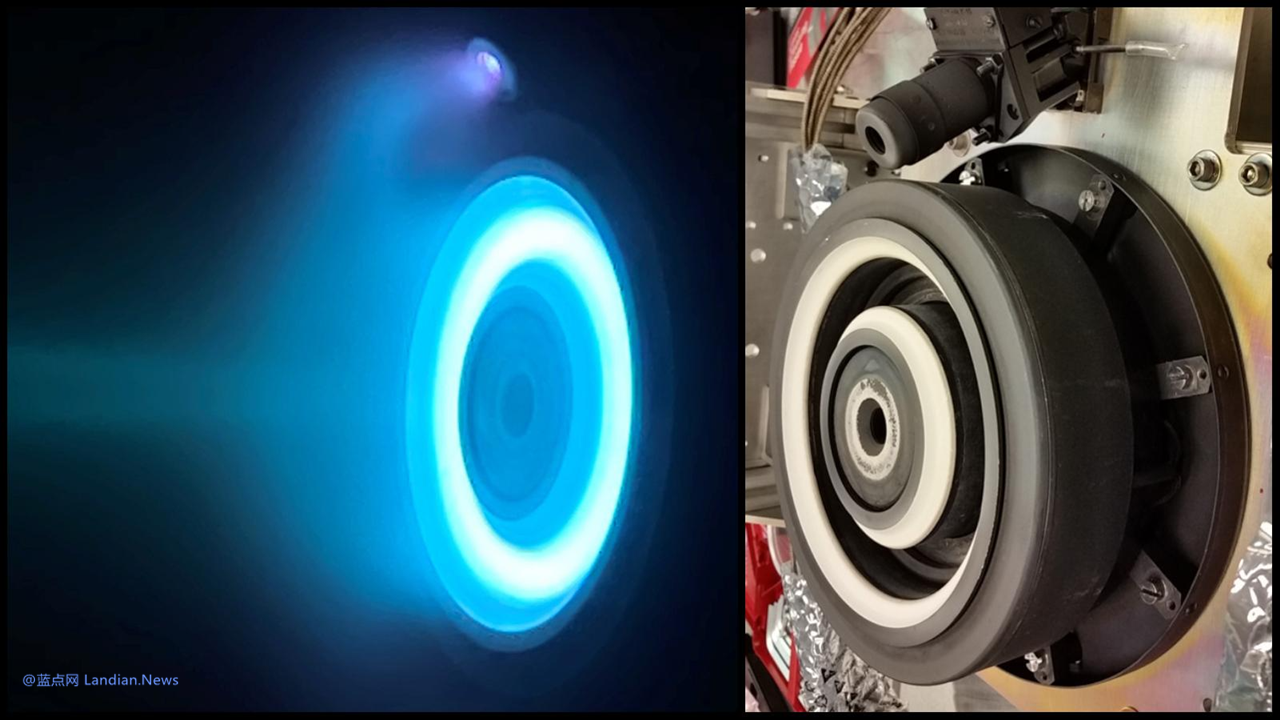
NASA's Psyche probe has successfully activated its ion thrusters a few days ago and will now rely on the slow acceleration of ion thrusters to travel through the solar system.
The main mission of the Psyche probe is Psyche (16 Psyche), which was originally launched on October 13, 2023. The initial thrust then took the Psyche probe 300 million kilometers within the solar system, beyond the orbit of Mars.
Now ion thrusters have begun to take over and become the main thrusters. Their working principle is to rely on solar panels to generate electricity and then use electric current to drive the electromagnetic field. The electromagnetic field accelerates the discharge of xenon ions to bring reverse thrust (ie Hall thrusters) and emits a faint blue light at the same time.
The thrust of ion thrusters in reality is very limited and cannot be compared with the huge, blue-glowing thrusters of spacecraft in movies and TV shows. However, there is almost no air resistance in space, so as the ion thrusters continue to accelerate, the probe can eventually reach a very high speed.
The purpose of launching the ion thrusters this time is to reach the target asteroid Bennu. However, in order to save fuel (xenon fuel will be consumed), the Psyche probe will approach Mars in May 2026 and shut down the ion thrusters. Then, after being bound by the gravity of Mars, it will use another wave of gravitational slingshot to get a higher speed for free.
During this time, Psyche's scientific instruments have also been working together, including a magnetometer and a gamma-ray and neutron spectrometer that have detected charged particles emitted by the Sun's coronal mass ejections.
But the most interesting thing is the deep space optical communication technology tested by the JPL Jet Propulsion Laboratory some time ago. This technology uses lasers instead of radio to transmit data.This allows a transfer bandwidth of up to 267Mbps.You should know that at that time Psyche was 30 million kilometers away from the Earth.
Therefore, deep space optical communication technology should become one of the standard technologies for space exploration in the future. Although it is not as anti-interference as radio, optical communication can transmit more data quickly under good weather conditions.
Copyright Statement: Thank you for your reading. If you need to reprint this article, please indicate the source as Blue Dot Network and mark the hyperlink to this article. Thank you!





GIPHY App Key not set. Please check settings